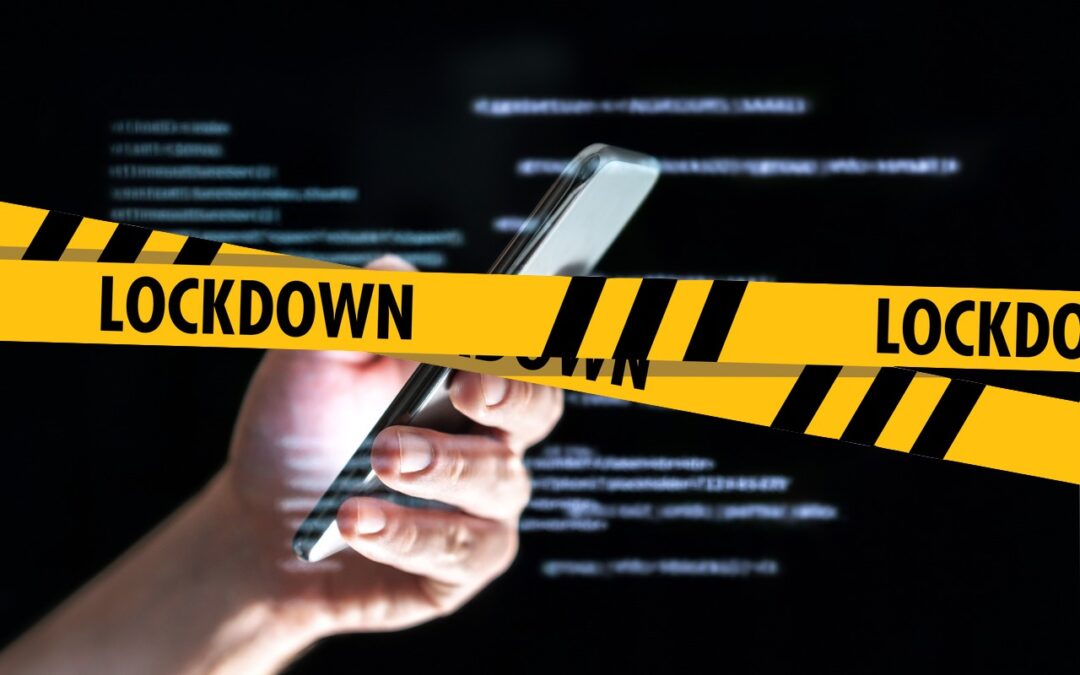It’s never a good time for computer problems. Whether keys on your MacBook Pro aren’t responding, there’s a crack on the screen or the battery no longer holds enough of a charge to make it useful, one thing is for sure: a repair is in your future. This entails bringing the Mac to an Apple Store or Apple Authorized Service Provider or shipping it back to Apple. Regardless of what repair approach you take, there are some steps that we—and Apple—highly recommend that you follow first.
Why? Three reasons:
- You need to protect yourself from data loss. The Mac could be lost or damaged while it’s out of your hands, or the repairs might require replacing the Mac’s internal drive or logic board (or even the entire computer), even if you don’t anticipate that as a fix.
- You need to protect your data from prying eyes. This is especially true if you insecurely store passwords. But you’re using a password manager, aren’t you?
- Apple needs to be able to use the Mac sufficiently to determine that it works.
Here’s what you should do, if possible. Depending on what’s wrong with your Mac, you may not be able to perform all—or any—of these tasks. If that’s the case, complete as many as you can.
Back Up Your Mac to Prepare for Repairs
The one thing you must do is make a backup of your data, or preferably two. There’s no guarantee that you’ll get the same Mac back with the same internal storage. Since you’re already backing up (right?!?), this should mostly be a matter of updating your backups.
We recommend both using Time Machine and making a duplicate using an app like SuperDuper or Carbon Copy Cloner. That second backup protects you against the first failing when you try to restore—it’s uncommon but not unknown. (A third backup to an online service like Backblaze is also a good idea, but it won’t help in this scenario unless something happens to both your other backups.)

If your Mac laptop boots but you can’t use it due to a broken keyboard or trackpad, remember that you can attach an external keyboard and mouse. Also, if a broken screen prevents you from using it, try using Target Disk Mode to make your backup to another Mac.
Enable Guest Access
For some problems, the repair technician may need to verify that your Mac functions normally after the repair. Don’t give a repair tech your admin password if possible because that gives them full access to all your data.
Instead, head to:
System Preferences > Users & Groups.
Click the lock icon at the lower left of the preference pane to unlock the pane. Click Guest User in the sidebar and then select “Allow guests to log in to this computer.”
Also, click Login Options and make sure Automatic Login is turned off (it’s locked off when FileVault is enabled, which we strongly recommend) and Display Login Window As is set to List of Users.

Turn Off Find My Mac
Apple says it can’t repair a Mac that has Find My Mac enabled, presumably due to Activation Lock preventing certain types of fixes. However, some people have pointed out that this requirement is also useful for proving that you own the Mac and know the necessary Apple ID password.
Regardless, it’s easy to turn off. Open:
System Preferences > Apple ID > iCloud and deselect the checkbox next to Find My Mac. Make sure to turn it back on when you get your Mac back.

Turn Off Your Firmware Password
Few people have enabled a firmware password, and Macs with Apple silicon don’t support them. If you have an older Intel-based Mac with a firmware password enabled, you’ll need to turn it off before the Mac can be repaired.
To do this, start up in macOS Recovery, choose:
Utilities > Startup Security Utility or Firmware Password Utility, click Turn Off Firmware Password, and enter the firmware password when prompted. Quit the utility and then restart the Mac.
Deauthorize Your Computer for iTunes Store Purchases
You don’t have to deauthorize your Mac before sending it in for repair, but it could save some headaches later on. Certain types of repairs might change the identity of the Mac so it’s no longer authorized but takes up one of your five authorizations.
Authorizing another Mac could require that you first deauthorize all your computers, which you can do only once per year. Luckily, deauthorizing a Mac is easy to do.
In either the Music app or the TV app, choose:
Account > Authorizations > Deauthorize This Computer.
Sign in with your Apple ID, and click Deauthorize when prompted. The same submenu lets you authorize the Mac again when you get it back.
If your Mac contains truly sensitive data, such as patient records, corporate trade secrets, space laser access codes, etc., you may wish to take additional steps to ensure that there’s no way the data could be compromised. Contact us to help you secure everything.
It takes more effort to secure your data, but it is worth it. Don’t ever skimp on security and backups and you won’t be sorry!

About arobasegroup
arobasegroup has been consulting with clients and advising the best use of Apple Technology since 1998. We listen to our customers and solve problems by addressing their specific, unique needs; we never rely on a one-size-fits-all solution or require them to use a specific product. arobasegroup is your advocate in all things related to information technology. Contact us to learn how we can help: info@arobasegroup.com.
Keep Up-to-Date: An Invitation
Keep on top of all the latest Apple-related news via our social media feed. When you follow us on our social media channels, you will always be up-to-date with the most relevant Apple news and have easy access to tips and useful articles relevant for Apple, iPhone, iPad and Apple Watch users. You won’t want to miss these articles and suggestions. Please follow arobasegroup on LinkedIn by tapping here. Thank you!





